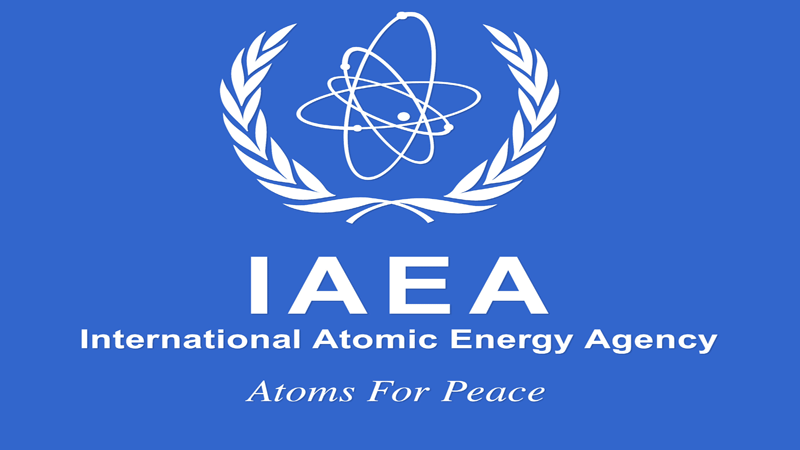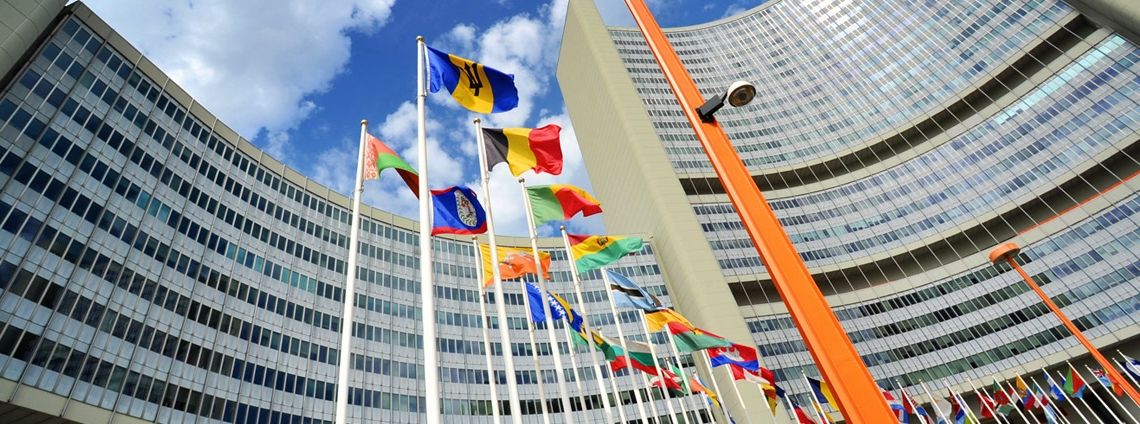Cooperation of the Kyrgyz Republic with the International Atomic Energy Agency

In 2003, at the 47th session of the General Conference of the International Atomic Energy Agency (IAEA), Kyrgyzstan became the 137th member of the Organization.
Kyrgyzstan ratified the IAEA Safeguards Agreements in connection with the Treaty on the Non-Proliferation of Nuclear Weapons (NPT) on December 30, 2003 and the Additional Protocol on November 1, 2011. The agreement between the Kyrgyz Republic and the IAEA on the application of safeguards in connection with the Treaty on the Non-Proliferation of Nuclear Weapons was signed in Vienna on 18 March 1998. In accordance with Article 24 of the Safeguards Agreement, it entered into force on 3 February 2004, the day on which the Agency received written notification from the Kyrgyz Republic that legislative and the constitutional requirements of Kyrgyzstan, necessary for entry into force, have been fulfilled.
According to the Decree of the Government of the Kyrgyz Republic No. 817 of December 2, 2015 "On Enhancing the Effectiveness of Cooperation of the Kyrgyz Republic with International Organizations, Integration Associations and International Treaty Bodies", SAEPF under the Government of the Kyrgyz Republic is the coordinating body for cooperation with the IAEA.
In accordance with Article 3 of the Law of the Kyrgyz Republic "On Accession to the Convention on the Physical Protection of Nuclear Material" of July 14, 2015 No. 155, the central body of the Kyrgyz Republic responsible for the physical protection of nuclear material is the State Inspectorate for Environmental and Technical Safety under the Government of the Kyrgyz Republic.
According to the Ministry of Emergency Situations of the Kyrgyz Republic, there are 35 tailing dumps and 25 sites with waste rock dumps on the territory of the republic, many of them containing toxic residues. The greatest danger to the environment is seismic instability, for example landslides, which can disperse these remnants.
On the margins of the 61st session of the IAEA General Conference in September 2017, the countries of Central Asia signed the Strategic Master Plan for Reclamation of Uranium Heritage Sites. This plan was developed by the IAEA in cooperation with the European Bank for Reconstruction and Development (EBRD), the European Commission (EC) and the Russian Federation and is based on research of the most priority facilities in the Kyrgyz Republic (Mailuu-Suu, Min-Kush and Shekaftar).
In particular, solving problems related to uranium heritage sites will help the Kyrgyz Republic to fulfill the UN's Sustainable Development Goals by improving the living standards of the affected population.
The IAEA provides significant assistance to the Kyrgyz Republic in the framework of technical cooperation aimed at further modernization of the national nuclear medicine, ensuring nuclear and radiation safety, as well as solving environmental problems of tailings in the Kyrgyz Republic.
Following the visit of the President of the Kyrgyz Republic A.Atambaev to India in December 2016, in June 2017, the Indian side delivered the Babatron-2 radiotherapy device to Bishkek for the treatment of cancer, and in the near future delivery is planned for work apparatus of the radiation source "SO-60".
On April 20, 2017 at the Vienna International Centre, the Permanent Representative of the Kyrgyz Republic to the United Nations and other international organizations in Vienna, Ambassador Extraordinary and Plenipotentiary of the Kyrgyz Republic Bakyt Dzhusupov presented his credentials to IAEA Director General Yukiya Amano.
